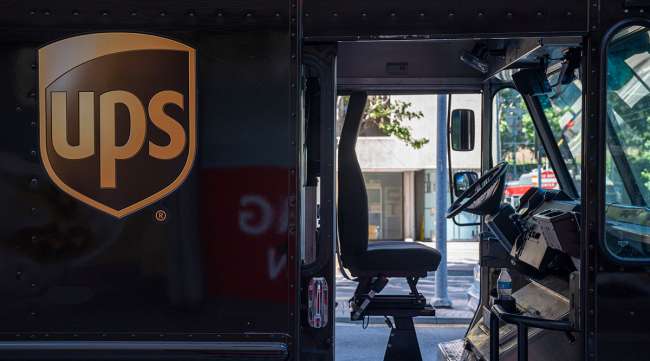UPS Inc. is in discussions with robotics startup Figure AI to potentially use humanoid robots for certain tasks within its logistics network, according to people familiar with the matter. The logistics giant began exploring this partnership last year and has continued talks in recent months. While the specific functions that Figure’s humanoid robots would handle for UPS remain unclear, the startup hinted at a potential collaboration with a logistics firm in February. Figure demonstrated its robot’s capability by posting a video on social media showing the 5-foot-6-inch robot picking and sorting small parcels beside a conveyor belt.
Background on Figure AI and Robotics Advancements
Figure AI has emerged as a prominent player in the robotics industry, leveraging recent advancements in artificial intelligence. The company has reportedly held talks with investors to raise $1.5 billion at a valuation of $39.5 billion. However, some have questioned whether Figure may have overstated the extent of its work with major clients like BMW AG.
UPS’s Automation Efforts
UPS has been increasing its automation efforts in recent years, deploying fixed robotic arms and AI-driven software in its high-tech facilities. The company has also partnered with startups like Dexterity Inc., which builds industrial robots capable of “humanlike” dexterity. UPS currently ranks No. 1 on the Transport Topics Top 100 list of the largest for-hire carriers in North America and No. 3 on the TT Top 50 list of the largest global freight companies.

The potential integration of humanoid robots represents the latest step in UPS’s ongoing efforts to modernize its logistics operations through technology. While both UPS and Figure AI have declined to comment on the specifics of their discussions, the potential partnership highlights the growing interest in robotics within the logistics industry.
As the logistics sector continues to evolve, companies like UPS are exploring various technologies to enhance efficiency and reduce costs. The use of humanoid robots could potentially revolutionize certain aspects of logistics operations, particularly in areas requiring flexibility and adaptability.


